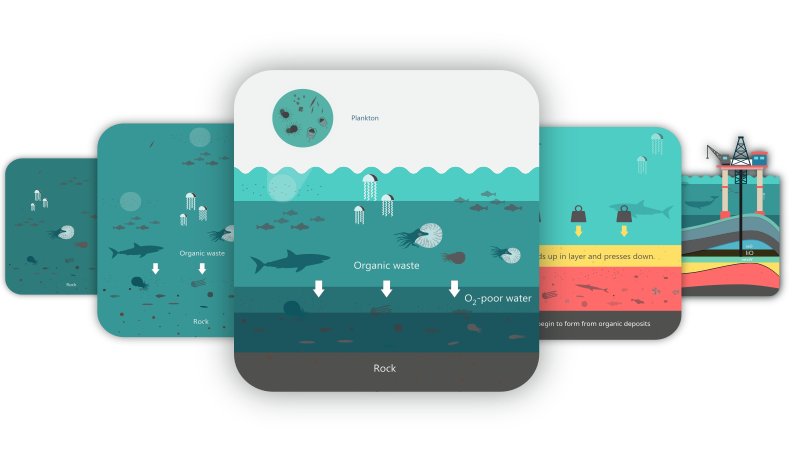The Global Ecobrick Alliance maintains and publish coefficients for plastic consumption, production and CO2 equivalency for enterprises who are tracking and disclosing their plastic impacts.
In 2021 the GEA began a compendium of plastic generation coeffecients based on the extensive experience of our 400 trainers working with plastic around the world.
This page and our listing here are still in development as our research and that of others unfolds. Special thanks to GAIA for their input on our incineration coeffients calculations.
Additive Plastic Coefficients
Impacts that add plastic to the biosphere.
Plastic Production
Plastic generated outside of or sent outside of your facilities.
Take-out Coffee
The average plastic generated by one coffee to-go (including cup, lid, sugar packet lining, stirrer, etc.)
0.01 Kg plastic
Take-out Meal
The average plastic generated by a meal at a restaurant taken to go (including plastic used in the kitchen, for presentation, take out, drinks, etc.)
0.125 Kg per meal
Domestic Air Travel
The average amount of plastic generated by a single domestic air travel flight (ticket, stickers, food and drink service, snacks, meal, etc.).
0.550 kg per ticket
International Air Travel
The average amount of plastic generated by a single international air travel flight (ticket, stickers, food and drink service, snacks, meal, etc.)
0.750 kg per ticket
Plastic Consumption
Plastic generated within your facilities.
Propane Gas
Plastic involved in the consumption of one LPG tank (any size)
0.001 Kg of plastic per cannister
Laptop
The purchase and use of a laptop entails plastic generation (packaging, cables, casing, screen, keyboard, etc)
0.5 Kg over lifetime of use
Smart Phone
The purchase and use of a smart phone entails plastic generation (packaging, cables, casing, screen, keyboard, etc)
0.4 Kg over lifetime of use
Subtractive Plastic Coefficients
Impacts that remove plastic from the biosphere
Recycling
The global average for full recovery and ongoing reuse of recyled plastic is 9%. Enterprise's should track the percentage of their plastic production and consumption that is recycled and then multiply accordingly.
0.09 Kg per 1 Kg of recycled plastic
Ecobricked Plastic
Plastic that has been ecobricked and authenticated as having met the criteria of plastic sequestration, can be claimed as authenticated Ecobrick Sequestered Plastic (AES).
1kg of AES plastic = 1 Kg of plastic removed from the biosphere
Plastic CO2 Equivalencies
Various flows of plastic have significant carbon emissions.
Recycling
Recycling plastic has various carbon emissions (transportation, reprocessing, etc.)
1kg recycled plastic = 0.689 Kg of CO2
Reference: Plastic & Climate: The Hidden Costs of a Plastic Planet, Center for International Environmental Law p.59 (offsets not counted)
Incineration
When plastic is burned it's carbon molecules join with oxygen molecules to generate carbon dioxide.
1 kg plastic = 2.97 Kg CO2
Reference: Plastic & Climate: The Hidden Costs of a Plastic Planet, Center for International Environmental Law p.59 (offsets not counted)
Land-filling
Plastic that is not recycled, incinerated or sequestered ends up in the earth, air and land.
1 Kg plastic = 0.065kg
Reference: Plastic & Climate: The Hidden Costs of a Plastic Planet, Center for International Environmental Law p.59 (offsets not counted)
One-time CO2 impact of plastic
The GEA has calculated the one time impact of consuming 1 kg of consumed plastic.
1 Kg plastic = 6.1kg CO2
Ecobricked Plastic
Plastic that is sequestered into an ecobrick is kept out of industrial processing (i.e recycling, incineration and landfilling) has a substractive CO2e impact of:
1kg of Ecobricked Plastic = 6.05 CO2e

See how we do it
For more details on the calculations and scientific research behind our coefficients, see the footnotes of our own reports. Each year, the Global Ecobrick Alliance tracks and publishes its CO2e and plastic impacts. See how we do it...
🍃 GEA Regen Reports
Ecological Accounting
Accounting for our grey and green ecological impacts is a key component of regenerative enterprise.
See Ours
See how we account

For-Earth Enterprise
The GEA commits to a not-for-profit business model that redistributes financial benefit towards ecological benefit. It does this by disclosing its carbon, plastic and biodiversity impacts and by ensuring that they are net-green.

Plastic has a CO2e Footprint
If plastic is allowed to degrade or burn, its carbon breaks down and forms CO2 with the air. Burning 1 kg of polyethylene (PE) results in approximately 3 kg of CO2.
🔢 Calculations





